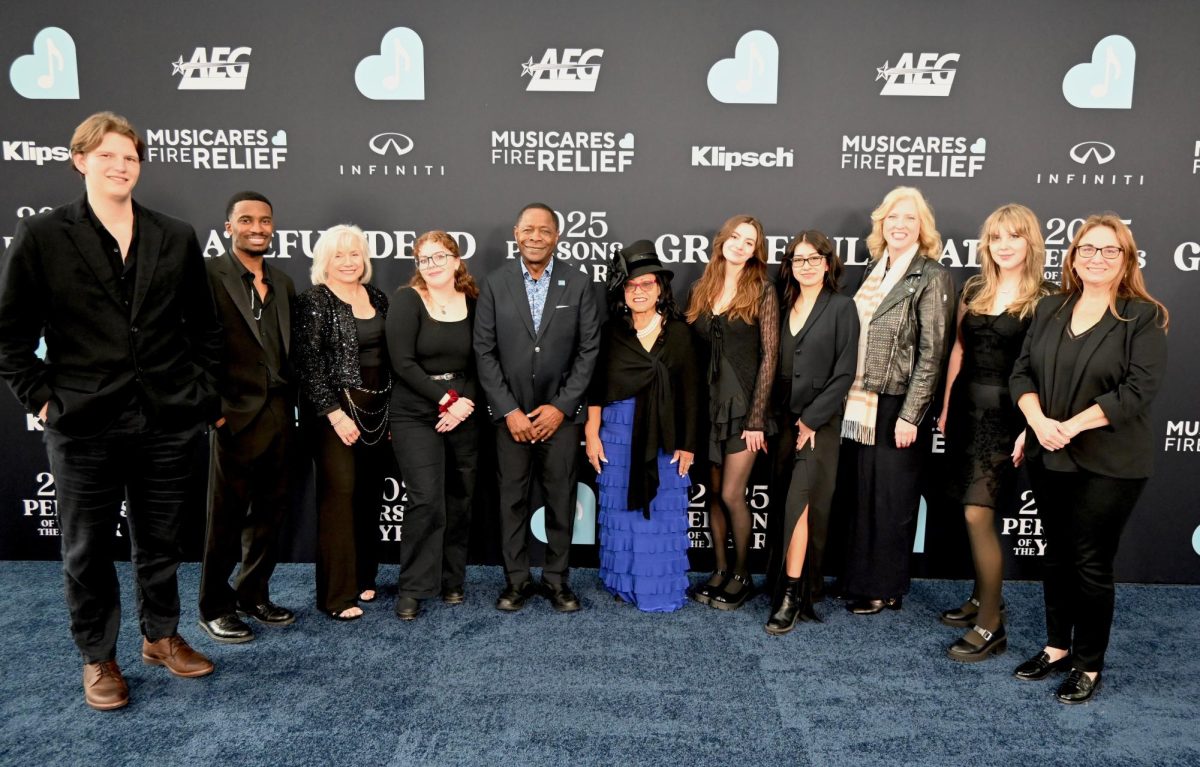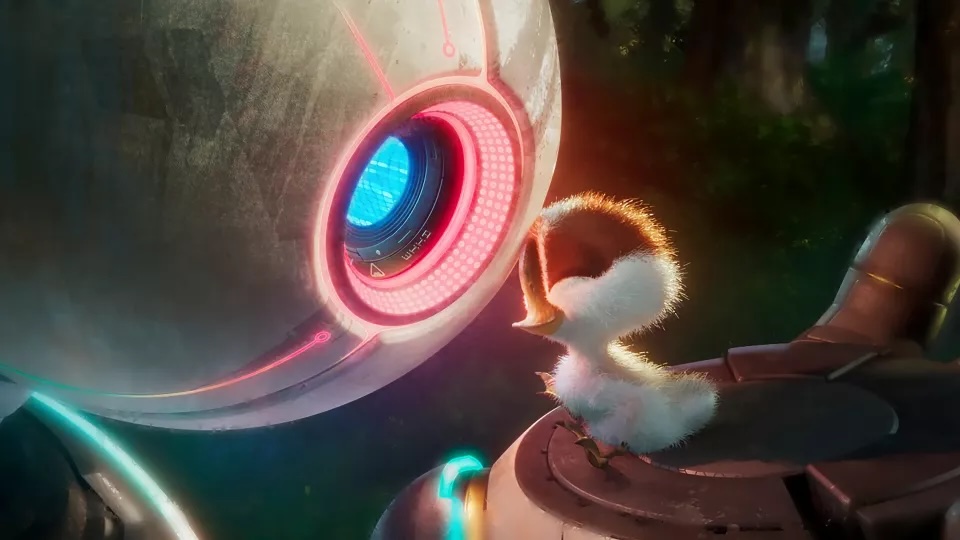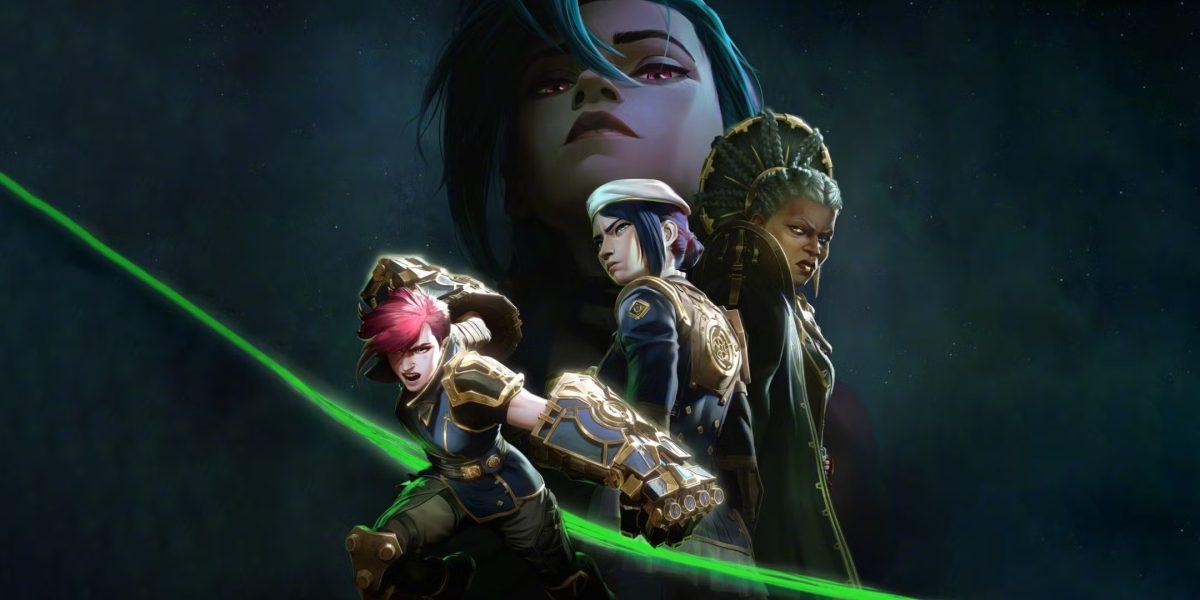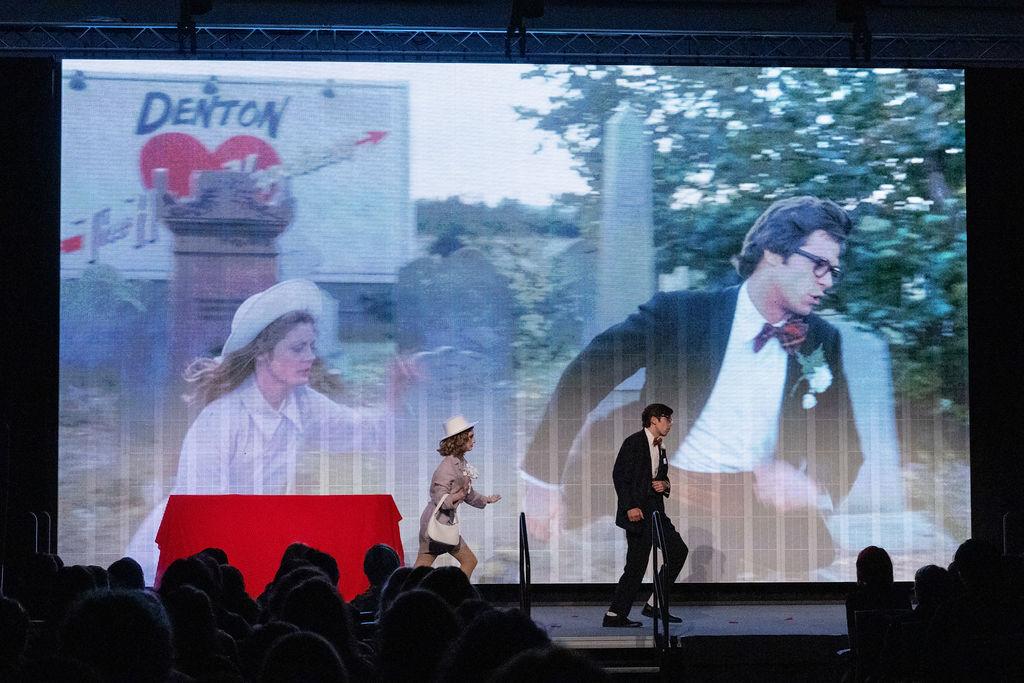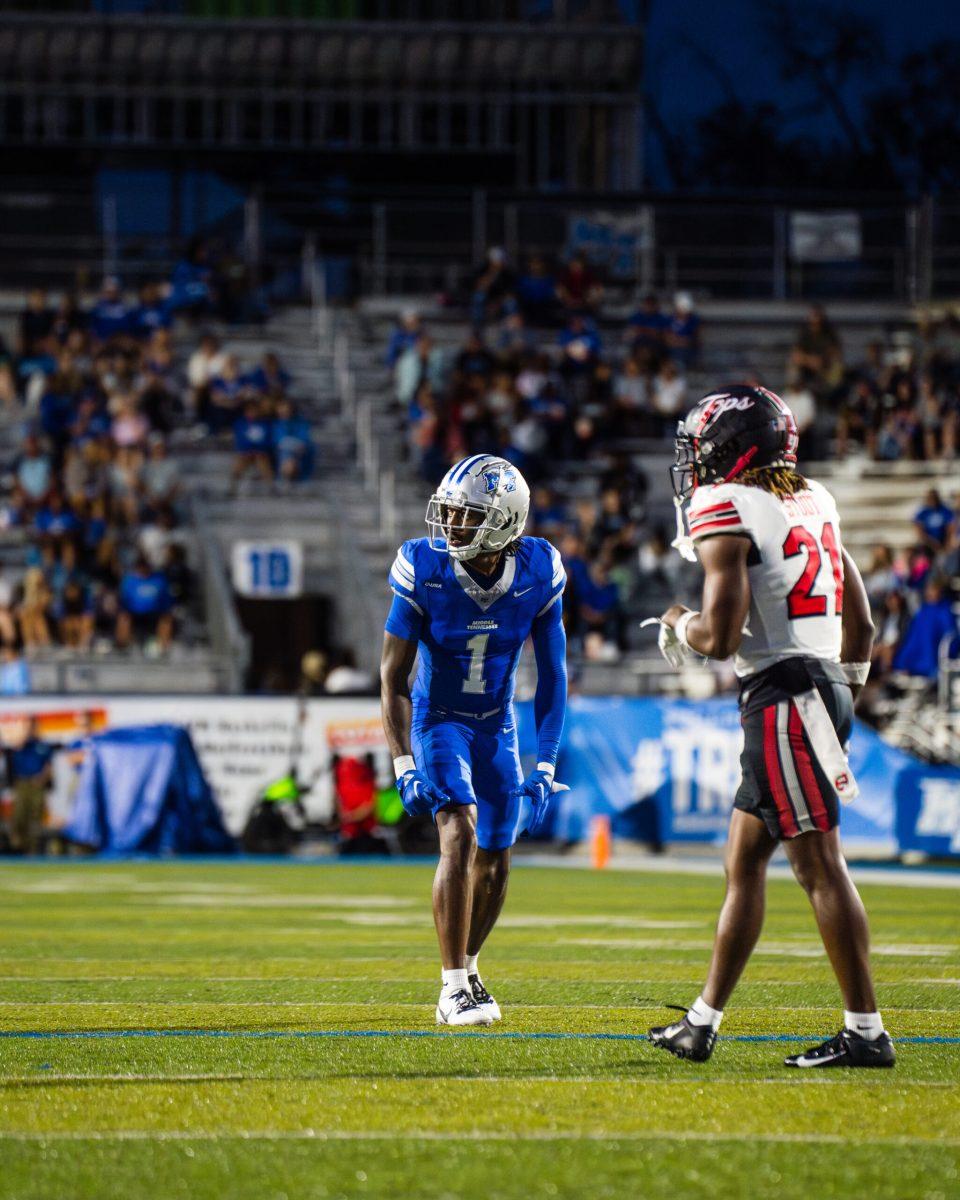Featured Graphic by Destiny Mizell
Story by Larry Rincon
“You’re the best bear in all the world, I’ll always be with you.”
– Christopher Robin in “Winnie-the-Pooh: Blood and Honey”
With the increase of iconic characters entering the public domain, the public can expect the
creative use of these characters to take different forms. December 2022 everyone’s
favorite christmas-hater, The Grinch, went from stealing christmas to wanting blood. He killed
Cindy Lou’s parents in front of her and years later returned to terrorize the rest of Newville. “The
Mean One” directed by Steve LaMorte was the first of many upcoming horror parodies that take
lovable childhood characters and turn them into bloodthirsty killers. While this wasn’t the first
time a children’s franchise was turned into a slasher parody, it certainly isn’t the last.
The 1926 “Winnie-The-Pooh” book by A. A. Milne entered the public domain on January 1st,
2022 in the United States. With just a little over a year, British director Rhys Frake-Waterfield
made his directorial debut with independent horror film “Winnie-the-Pooh: Blood and Honey.”
The film released Wednesday as a one-day exclusive Fathom Event. Fortunately, a limited
number of movie theaters continued to screen the film on the following days.
The film opens on a roughly five minute animation sequence detailing the origin story of
Christopher Robin and the animals of the Hundred Acre Wood drawn in the book’s lovable art
style. However, as Christopher Robin grows older, leaving Pooh and his friends behind, the
animals are left to feed and guide themselves. With no food, Pooh and his friends kill Eeyore and
return to their animalistic tendencies vowing to never speak again. In addition, without
Christopher Robin, Pooh and his friends start to despise humans.
The beginning sequence leads the audience to think that the story is set up to tell a revenge story
between Pooh and Christopher Robin. Unfortunately, that plot idea destroys all expectations when
Christopher Robin is captured fifteen minutes in, and the rest of the film explored a group of girls
vacationing at the Hundred Acre Wood. Fans of the beloved book can be assured that
Pooh never kills Christopher Robin. Instead he decided to torture him physically and psychologically.
Pooh whipped him with Eeyore’s tail and continuously killed people in front of him.
There is no way to properly explain the story that unfolds in the film. For the most part there is
no clear storyline and instead feels like a showcase for the many ways a person can be killed.
The movie emphasizes its gore and bloodbaths, causing other parts of the film to remain
forgotten. It does it so often that it feels like it belongs in the Final Destination film series.
The film disappoints in more than just the lack of a clear story. In the opening scene, the sudden
shifts in lighting is confusing in relation to the passage of time, especially since the dialogue feels like one seamless conversation. On top of that, there’s no build up in the opening scene leading up to the moment Christopher Robin is taken by Pooh- One moment Christopher is talking with his fiancee and the next she’s dead and Christopher is dragged away. The film fails to create a balance between its intense action scenes and the more tame ones.
There are, however, two aspects that the film excels at. Even though the first fifteen minutes
confuse the audience because of its lighting, the film manages to utilize in-world lights as a way
to create great compositions. There are many instances where the lighting in the scenes help amp
up the horror aspects. Flashing lights, for example, are one constant factor throughout the film.
Another great aspect of the film is its score. The composer of the film, Andrew Scott Bell, used a
honeycomb-filled-violin to create the music of the film. The movie was carried significantly by
the well composed music. The suspense and the horror aspects greatly benefited from the eerie
sounds and music.
It is unfortunate that the bad outweighs the good. Just by looking at the editing style and pacing,
this film feels like it would have done better as an episodic drama. The overall effect of the film
style is not what most search for in movie theaters. The film style is more similar to television filming. Perhaps under different circumstances Frake-Waterfield could have created an interesting television series universe with public domain characters.
“Winnie-The-Pooh: Blood and Honey” is not for those looking to reminisce about their beloved
childhood bear. The film exploited the original book and created a version of Pooh set
on getting revenge on Christopher Robin for growing up.
The film was not the best slasher to come out, but audiences the sequel is supposedly going to be more ambitious.
Larry Rincon is a Movie Review for MTSU Sidelines.
To contact Lifestyles Editor Destiny Mizell, email [email protected]. For more news, visit www.mtsusidelines.com, or follow us on Facebook at MTSU Sidelines or on Twitter at @Sidelines_News.








